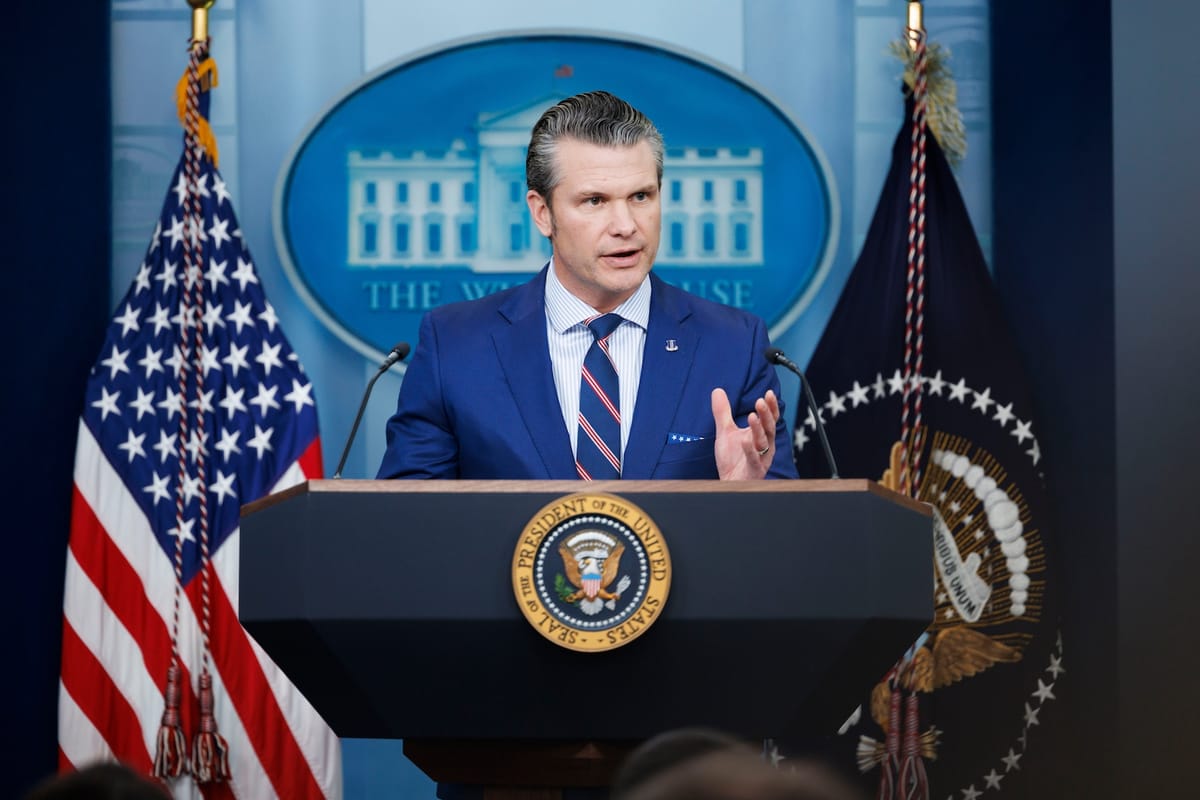

Defense Secretary Unveils New Policy
Defense Secretary Pete Hegseth announced on March 31, a new policy establishing a single combat readiness standard for both men and women in the U.S. military, fulfilling a promise made during his Senate confirmation. The memorandum, signed on the same day, aims to ensure that all service members meet the same rigorous physical and performance benchmarks, regardless of gender. Hegseth stated, ‘Soon we will have nothing but the highest and equal standards for men and women in combat,’ emphasizing the need for a unified approach to maintain the military’s effectiveness. This move addresses long-standing debates over differing standards, which some argued compromised readiness.
Background of the Standards Debate
The policy shift comes after years of contention over gender-based fitness requirements, particularly since women were allowed in ground combat roles in 2013. The Army briefly experimented with a gender-neutral fitness test in 2020, but by 2022, it reverted to separate standards due to high failure rates among women. Critics, including Hegseth, have long argued that differing benchmarks undermined the military’s ability to field a cohesive fighting force. With 17% of active-duty personnel being women as of 2023, the new policy seeks to eliminate disparities while ensuring all troops can meet the demands of combat, a core priority for a military facing recruitment challenges.
Details of the Uniform Standard
The new standard will apply to all combat roles, requiring the same physical tests, such as lifting 140 pounds, running two miles in under 16 minutes, and completing a 12-mile march with a 50-pound pack in three hours. These benchmarks, previously adjusted for gender and age, will now be universal, with no exceptions. The policy also includes combat simulations to assess decision-making under stress, ensuring troops are prepared for real-world scenarios. Implementation begins in July 2025, with a six-month transition period for current service members to meet the requirements, supported by additional training resources.
Fiscal and Operational Implications
The Defense Department’s 2025 budget of $849 billion includes $2 billion for training and recruitment, part of which will fund the transition to the new standard. Critics argue this shift could exacerbate recruitment woes, as the military already missed its 2024 goal by 41,000 recruits. However, supporters contend that uniform standards will streamline operations and reduce costs associated with maintaining separate training tracks. With national defense spending under scrutiny amid a $34 trillion national debt, the policy aligns with efforts to maximize efficiency while preserving readiness, a key concern for taxpayers footing the bill.
A Step Toward Military Cohesion
Hegseth’s policy marks a significant shift in how the military prepares for combat, prioritizing unity over accommodation. As implementation unfolds, the focus will be on whether the new standard strengthens the force or creates unintended barriers. With global threats on the rise, the stakes are high to ensure every dollar spent on defense yields a military ready to protect the nation, a goal that demands both rigor and pragmatism in equal measure.
Dues are $12 per year. Member benefits:
✅ Ad-Free Website Viewing
✅ Advocacy for Republican Seniors
✅ 120+ Senior Discounts
✅ Member Only Newsletters